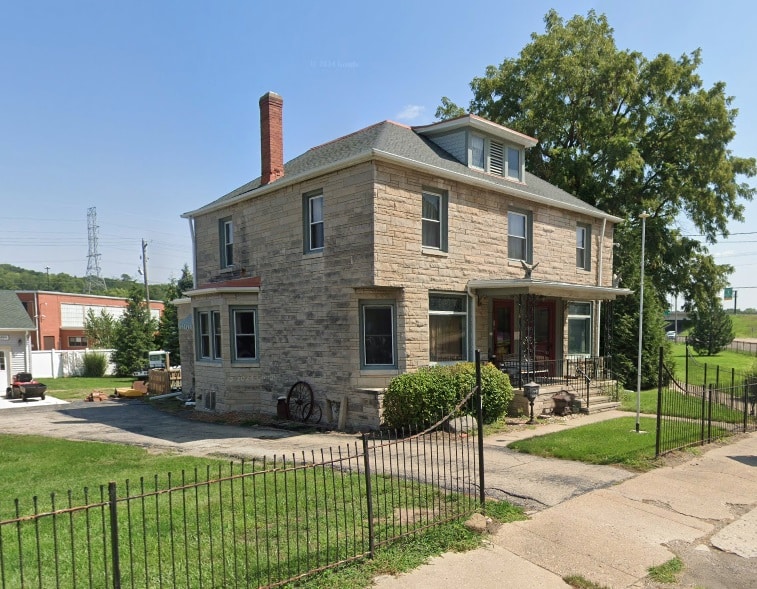Over the last two weeks we have taken a look at the Spring Lake Township communities of Talbott and Parkland. This week we will head down to the eastern shore of the eight-and-a-half-mile-long lake that gives the township its name, so we can spotlight the communities along Spring Lake’s shoreline.

Spring Lake itself is under Illinois Department of Natural Resources management. Most of the land along the lake’s eastern shore, and a lot of the western shore, is a state park – the Spring Lake State Fish and Wildlife Area. In the alluvial plain of the Illinois River, the lake is relatively shallow, at depth of about 10 feet. It formed naturally long ago when the Illinois River changed its course, but is fed by springs (hence the name, Spring Lake) which keep the water from stagnating.



Over time several communities have been established on or near Spring Lake’s eastern shore. Today there are two primary stretches of shoreline where people have made their homes. One of them is a grouping of homes that extends in the area along Maple Island Road and Hoff Subdivision Road. The other is further south down the eastern shore – the subdivisions of Lakewood Terrace and Smith Rakestraw. Though the Spring Lake area is chiefly devoted to fishing and hunting, in more recent times a vineyard, known as Mockingbird Vineyards, at 3511 Spring Lake Road in rural Manito, has been established on land approximately between Lakewood Terrace and Smith Rakestraw.
The first community to be established along Spring Lake was the eponymously named unincorporated town of Spring Lake, which once existed on land atop a bluff above the southernmost tip of the lake, along the Tazewell-Mason county line.



The late Fred Soady, in his 1979 “Preliminary Master List of Settlements in Tazewell County, Illinois,” describes the erstwhile town of Spring Lake as the “southern part of Sand Prairie settlement along Illinois River.” According to Soady, this settlement had its own post office from 1856 to 1864. In addition, Charles C. Chapman’s 1879 “History of Tazewell County,” page 637, says, “The town of Spring Lake, which is located on sec. 16, 22 north, 7 west, was laid out May 15, 1862, by Thomas G. Conant.”
The town of Spring Lake appears on old county plat maps of Spring Lake Township in 1864 and 1873, and a plat of the town itself was published in the 1873 “Atlas Map of Tazewell County,” page 132. However, the town failed not long after the publication of Chapman’s Tazewell County history – the map of Spring Lake Township in the 1891 “Plat Book of Tazewell County” shows no trace of Spring Lake town. In that atlas, the land that had once been the town is shown as the property of the Pekin & Spring Lake Hunting & Fishing Club. Today the former site of Spring Lake town has been reclaimed by the forest – the only thing there now is a short winding stretch of State Park Road.
As we noted before, Spring Lake Township affords many opportunities for fishing and hunting. The old Pekin & Spring Lake Hunting & Fishing Club was established to take advantage of those opportunities. At one time most of the land around Spring Lake was the club’s property. The club’s main club house and hotel – which once hosted notables such as Presidents Benjamin Harrison and Grover Cleveland, and, so it is reputed, even Chicago gangster Al Capone – was located at the northern end of Hoff Subdivision Road (County Road 4850E), as shown on the 1910 plat map of Spring Lake Township. The spot was originally called Marshall’s Landing. Betting on horses was another popular past time at Marshall’s Landing at the nearby Radville Racetrack – the track appears on the 1891 plat map of Spring Lake Township.
After the Pekin & Spring Lake Hunting & Fishing Club disbanded, the State of Illinois erected the Spring Lake State Fish and Wildlife Area in its place.












